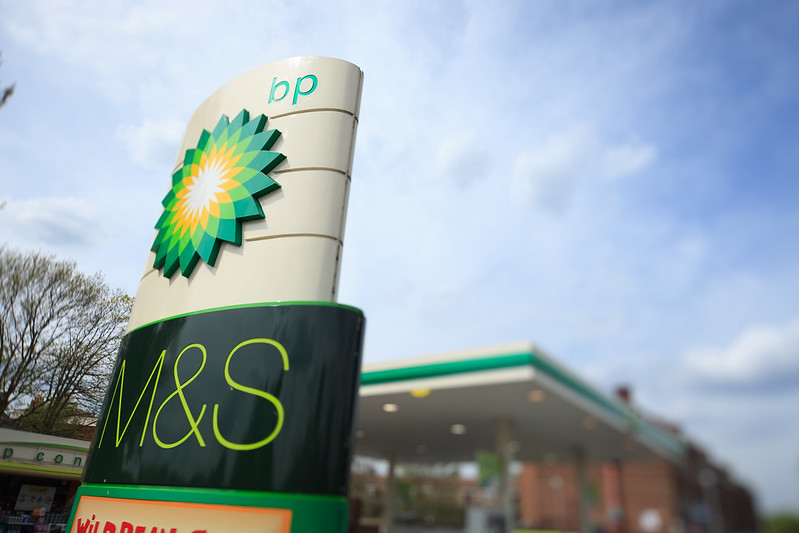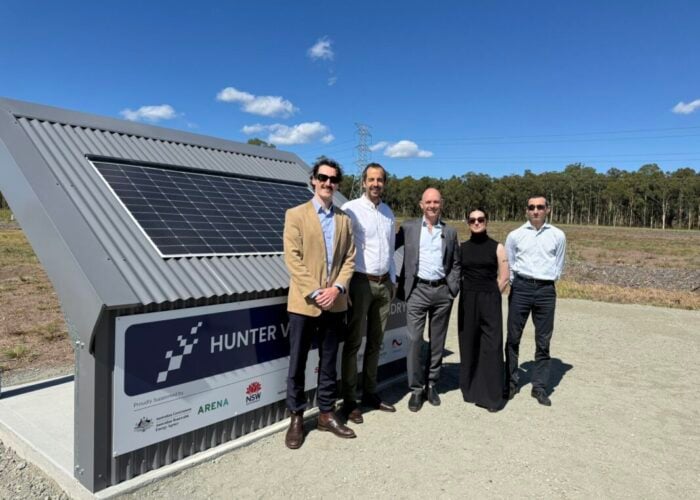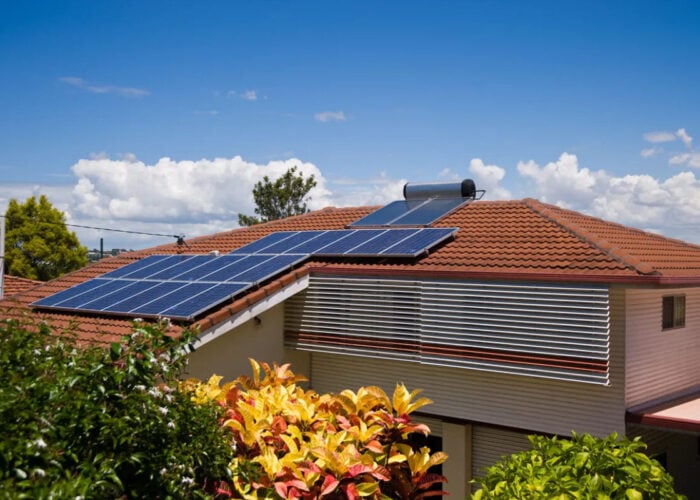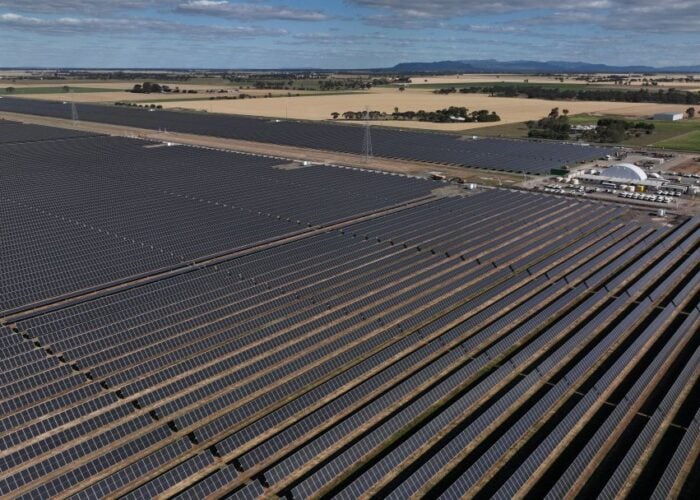
BP has landed funding from the Australian government to assess the feasibility of a renewable hydrogen and ammonia production facility in Western Australia.
The announcement, made late last week, comes just days after a prospective scheme of similar nature – albeit on a giant scale – received approval from the Australian state’s Environmental Protection Authority (EPA).
Try Premium for just $1
- Full premium access for the first month at only $1
- Converts to an annual rate after 30 days unless cancelled
- Cancel anytime during the trial period
Premium Benefits
- Expert industry analysis and interviews
- Digital access to PV Tech Power journal
- Exclusive event discounts
Or get the full Premium subscription right away
Or continue reading this article for free
Last Friday (8 May 2020) the Australian Renewable Energy Agency (ARENA) said that AU$1.7 million of funding had been granted towards a AU$4.4 million feasibility study by BP and GHD Advisory, which will explore the use of renewable power to create hydrogen via electrolysis.
The study, to be completed by February 2021, will see BP procure renewables via a power purchase agreement, with Geraldton (Western Australia) selected as the location for the project based on its close proximity to solar and wind farms.
Frédéric Baudry, chief operating officer for BP Asia Pacific, lauded the potential for green hydrogen production in Australia given its “high renewable energy potential”.
Earlier last week Western Australia’s EPA gave its approval to the giant Asian Renewable Energy Hub, a project years in the planning that would deploy 15GW of solar and wind to power the mass production of clean hydrogen.
While construction of the Asian Renewable Energy Hub is not expected to start until 2026, it brings further evidence of the potential seen in combining renewables and hydrogen production.
A similarly-sized wind-solar-hydrogen facility is being pursued in Inner Mongolia, while a list of European energy companies outlined in October last year a plan to develop multiple gigawatts of renewables on the continent to fuel electrolysis plants.
ARENA chief executive Darren Miller said the study presented an important opportunity for heavy industry to reduce its emissions.
“Early investments in feasibility studies like this will help us to realise the opportunity that renewable hydrogen represents and will ultimately help us to achieve our goal of producing renewable hydrogen and ammonia at a competitive price,” Miller said.






